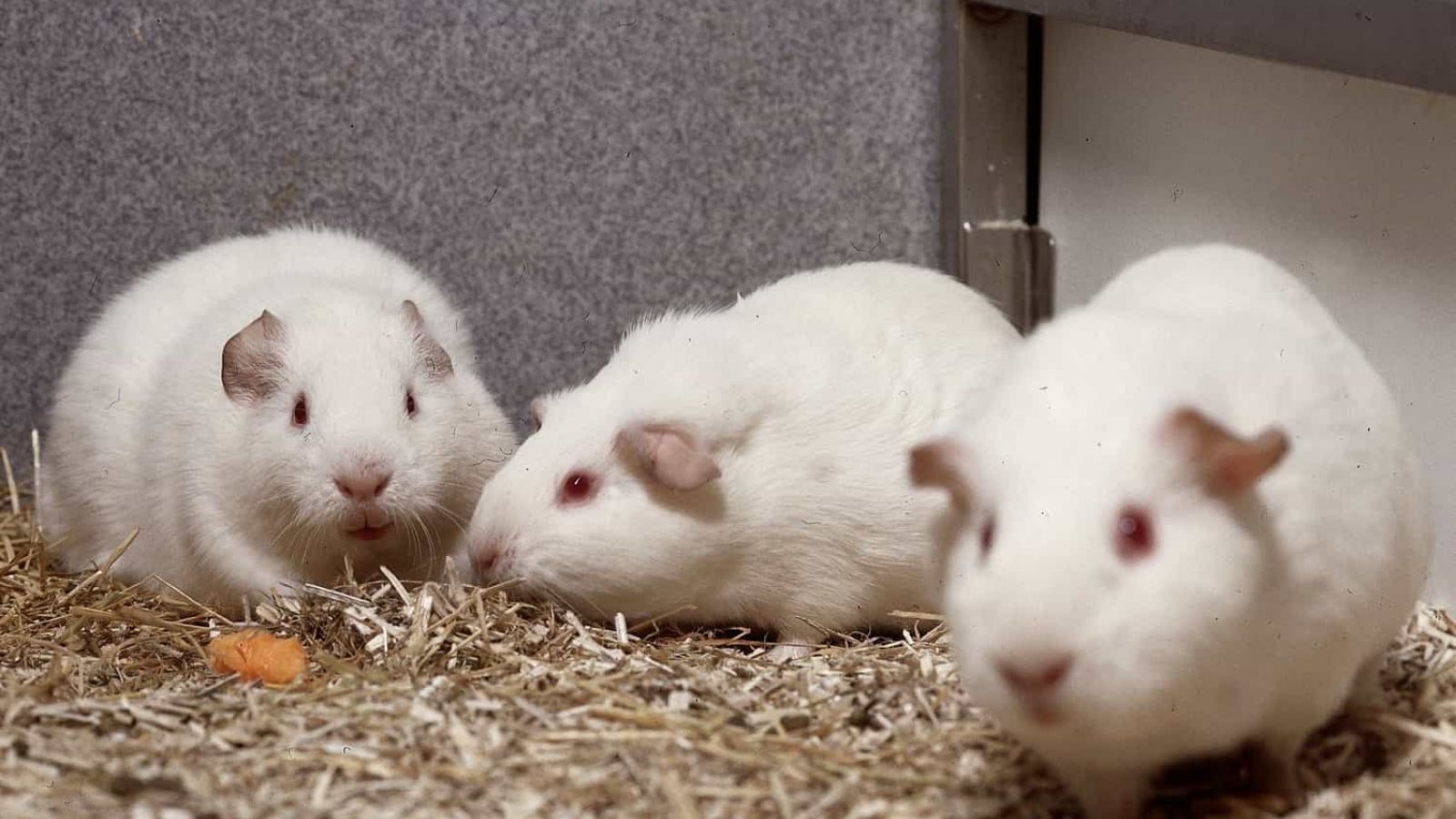Early history
Vitamin C was discovered using guinea pigs in 1907, and because, like humans, it requires this vitamin in its diet, the guinea pig has been used ever since in its study. Most other animals synthesise their own vitamin C. Following this early use, many other areas of nutrition have been studied in the guinea pig.
The German scientist Robert Koch used guinea pigs to discover that TB was caused by the bacterium Mycobacterium tuberculosis, in 1882. The sensitivity of the guinea pig to this and other infections, and the similarities of its immune defence system to that of humans, has made it important in the study of infectious diseases.
Guinea pig tissue
The guinea pig is also widely used to provide tissues and organs for research. Guinea pig blood components are widely used, and isolated organ preparations such as guinea pig lung and intestine are extensively used in research to develop new medicines. Such tissue and organ preparations were important in the discovery and early development of beta blockers to treat high blood pressure and drugs to treat stomach ulcers.
The four main areas that guinea pigs are used in research today are:
- Allergies and respiratory diseases
- Nutritional research
- Hearing
- Safety testing
Other resources
See AnimalResearch.info on guinea pigs, our video of guinea pigs and our 10 facts page of fascinating facts about guinea pigs in medical research.
View this post on Instagram




